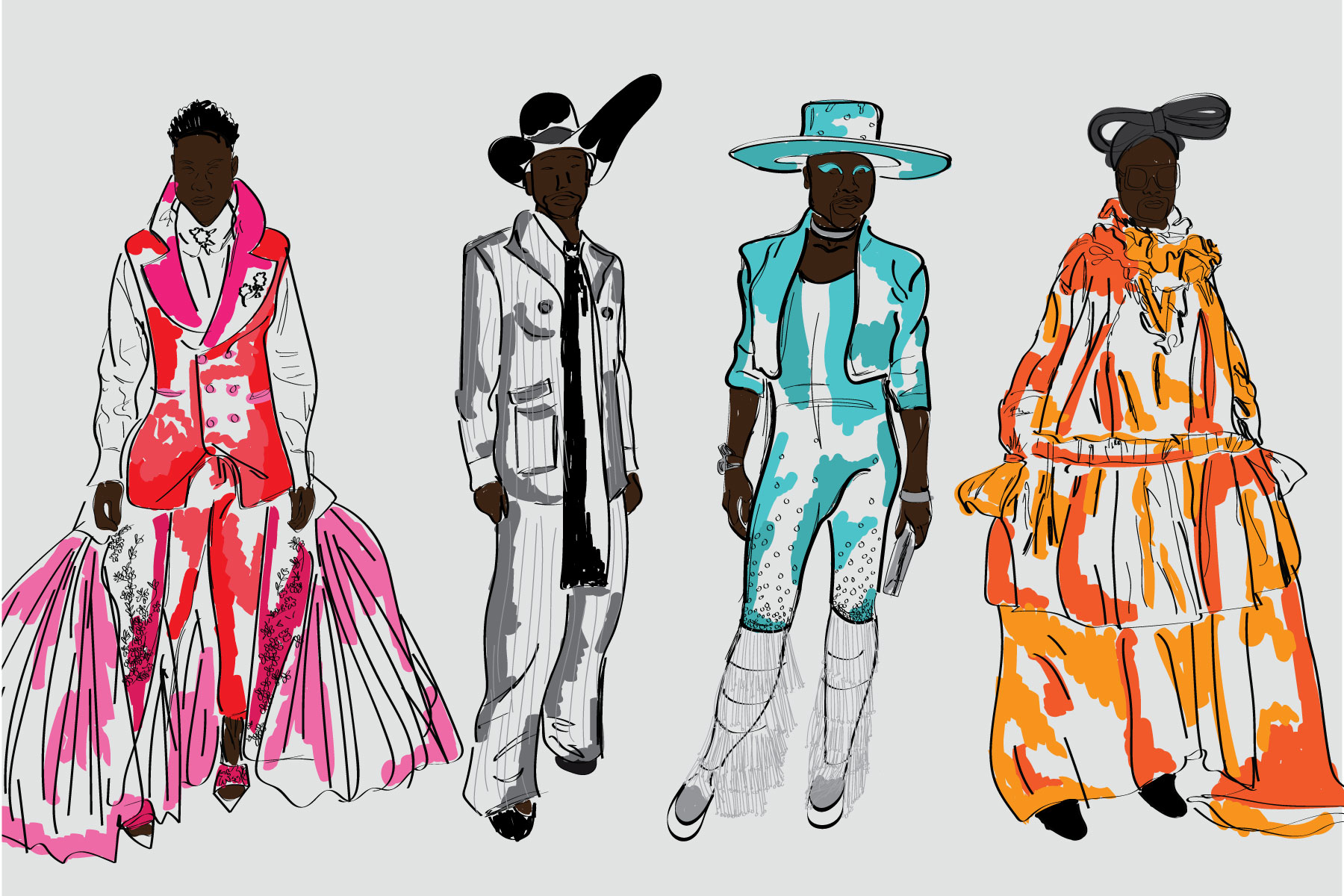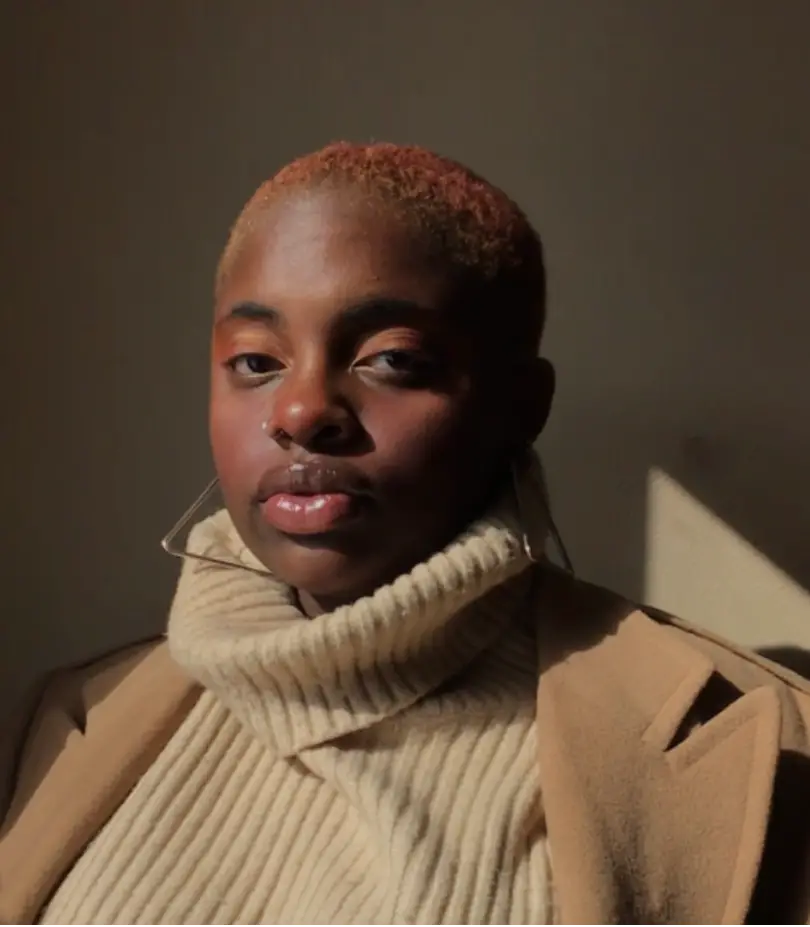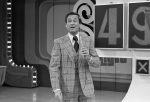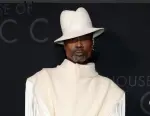Men’s fashion is, in a word, boring. Dark or neutral tones dominate menswear and the same boxy silhouette is expected from every outfit. While women’s wear offers dresses, skirts, rompers and other styles of clothing, men are still pretty limited to shirts, shorts, pants and oversized outerwear.
Men’s fashion wasn’t always so restricted. Beau Brummell, a fashion icon of the Regency era of England, is the man to thank for limited selections across masculine fashion platforms. He rejected the waistcoats and high heels commonly worn at the time for sensible suits and trousers, almost single-handedly changing men’s fashion for the next 200 years. But his impact is slowly but surely beginning to fade as we see men, specifically gay black men, redefine what men’s wear is.
Billy Porter made headlines at the 2019 Oscars in his black velvet tuxedo-ballgown designed by Christian Siriano. Porter is the first openly gay black man to win an Emmy for his acting on the FX series “Pose.” Pride in his identity exudes through his red carpet looks that celebrate color and depart from the idea that men cannot wear dresses.
https://www.instagram.com/p/BuWJlIxn3g7/
Lil Nas X became one of very few openly gay black rappers last year after his career took off with “Old Town Road” and the endless remixes that came after. His award show looks draw inspiration from his futuristic cowboy aesthetic and hip-hop trends of the early 2000s. The hyper-visibility of being a black gay man in anything but a standard suit means that these men and others make a direct impact on men’s fashion.
Of course, these men aren’t dressing themselves. Runway fashion sets the trends for the upcoming year by elevating it to art and over exaggerating details that will eventually become a ready-to-wear collection. Fashion at its highest level subverts what’s expected of clothing and the purpose it serves, and gay black designers do just that.
Telfar Clemens serves as a great example. He’s never attended fashion school, but his work reveals an instinctual understanding of how to take a standard style and reinvent it for the modern man. His fall 2020 collection is leather and denim heavy with calf or knee-high boots to match and, of course, the iconic Telfar bag.
One of the best-known American designers of recent years, Clemens doesn’t create his pieces to stay relevant, but his fashion remains relevant because of the possibilities the collections open up for men’s fashion.
https://www.instagram.com/p/B7odLvjFtfQ/
Designers like Clemens have led the revolution of men’s fashion at the runway level. Men’s fashion shows typically do not pull the same attention as their female counterparts, but in recent years they have gotten bigger as styles become more experimental. Fall 2020 was no exception.
Models walked the runway in catholic-club hybrid clothing for Palomo Spain’s newest collection at Paris Fashion Week, alongside Craig Green’s packaging-inspired pieces. Men are finally giving themselves the room to make their clothing strange and evocative again.
This fashion revolution coincides with a shift in how masculinity is being understood and framed by a new generation. Gender roles are inherently restrictive, but a rejection toward these traditional expectations is slowly becoming more and more popular. People want to live and dress themselves according to how they feel, not the opinions of elders or even their less open-minded peers.
Masculinity, in all of its infinite confines and contradictions, is unappealing to a generation that places the upmost value on authenticity and self-actualization. Fashion brands have taken notice; accessories that would’ve once been considered overly feminine have found themselves in the catalogs of ASOS and Forever 21 under the men’s category and ready for the public to consume.
The challenge of redefining masculinity is not an easy one, but designers have taken it head on. The future of men’s fashion is looking bright for their efforts.

















